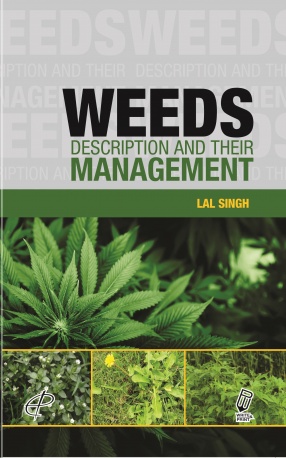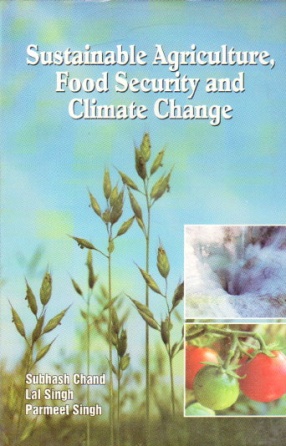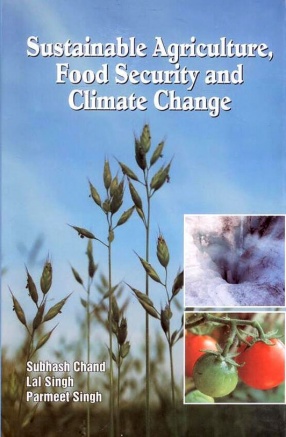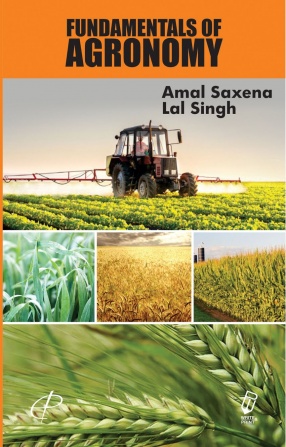Weeds Description and Their Management
The term weed is used in a variety of senses, generally centering around a plant that is not desired within a certain context. The term weed is a subjective one, without any classification value, since a plant that is a weed in one context is not a weed when growing where it belongs or is wanted. Indeed, a number of plants that many consider “weeds”, are often intentionally grown by people in gardens or other cultivated-plant settings. Weeds are responsible for reductions in crop yield and quality and they lead to environmental degradation through destruction of native plant and animal habitat. Weeds also harbour insects and diseases of crops, create unsafe conditions, reduce property values and the aesthetics of an enjoyable landscape and many can poison humans, livestock and wildlife. This book has been prepared to help farmers, researchers, resource managers and the public identify weeds (Broadleaf Weed and their Control, Grasses and Grasslike Weeds, Noxious and Invasive Weeds). Some of the more common nuisance weeds that interfere with human activities are also detailed. Proper identification of problem weeds is the crucial first step in gaining knowledge about these troublesome plants so that a well planned control strategy can be developed.
Get it now and save 10%
BECOME A MEMBER











Bibliographic information